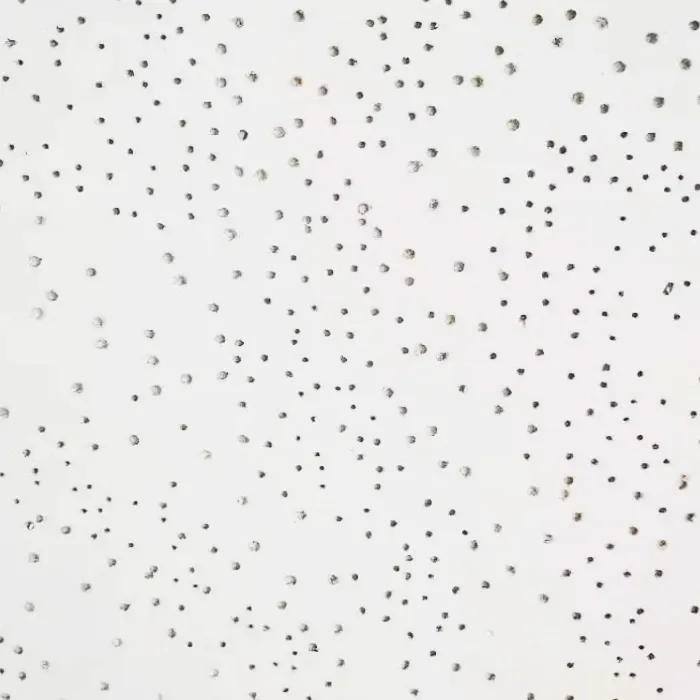Dec . 11, 2024 19:02 Back to list
t bar grid system
Understanding the T-Bar Grid System A Comprehensive Overview
The T-bar grid system, a popular architectural framework, is widely recognized for its ability to support ceiling tiles and provide a foundational structure for various interior spaces. This system’s significance is particularly pronounced in commercial buildings, where ceiling height and aesthetics play vital roles in the overall design. By exploring the essential components, benefits, and applications of the T-bar grid system, we can better understand its importance in modern architecture.
At its core, the T-bar grid system comprises a series of horizontal and vertical runners that form a grid-like pattern across a ceiling. The primary grid elements, known as T-bars, are named for their shape—where the cross-section resembles a T. These bars connect to the ceiling structure and create a framework on which individual ceiling tiles or panels can be suspended. The system is designed for versatility, accommodating various tile sizes while providing an even and level surface.
Understanding the T-Bar Grid System A Comprehensive Overview
Moreover, the T-bar grid system offers valuable flexibility regarding design and functionality. It can be adapted to various ceiling heights and shapes, making it suitable for diverse architectural environments. Businesses can choose from an array of ceiling tiles—ranging in color, texture, and soundproofing capabilities—to tailor the aesthetic appeal and acoustic performance of their spaces. This adaptability is particularly beneficial in office settings where different areas may serve distinct functions, such as meeting rooms requiring sound insulation and open areas that emphasize natural light.
t bar grid system

Another significant advantage of the T-bar grid system is its accessibility. The suspended nature of the ceiling allows for easy access to electrical wiring, plumbing, and HVAC systems hidden above. This convenient feature facilitated maintenance and repairs, as individuals can remove individual ceiling tiles without the need for extensive demolition work. In a fast-paced corporate environment, where minimal downtime is essential, this accessibility can prove critical.
Additionally, the T-bar grid system contributes to energy efficiency. By incorporating insulation materials above the grid, buildings can improve temperature regulation, thereby reducing heating and cooling costs. The system can also integrate lighting fixtures and air vents seamlessly, creating a cohesive look that enhances the overall environment.
The T-bar grid system is not limited to commercial applications; it also has applications in educational institutions, healthcare facilities, and even residential projects. In schools, for example, the system can create an effective sound barrier, promoting a better learning atmosphere. In hospitals, the easy maintenance access allows for adherence to stringent hygiene requirements, essential in healthcare settings.
In conclusion, the T-bar grid system is a remarkable architectural solution that combines functionality with aesthetic appeal. Its ease of installation, adaptability, and maintenance efficiency make it a preferred choice for various projects. As architects and contractors continue to push the boundaries of design and efficiency, the T-bar grid system will remain a staple in creating versatile, accessible, and visually appealing interior spaces. Its influence will undoubtedly persist within the evolving landscape of architecture and design, underscoring its enduring relevance in contemporary construction practices.
-
Durable Ceiling T Grid Systems | Easy InstallationNewsAug.29,2025
-
PVC Gypsum Ceiling: Durable, Laminated Tiles for Modern SpacesNewsAug.28,2025
-
Pvc Gypsum Ceiling Is DurableNewsAug.21,2025
-
Mineral Fiber Board Is DurableNewsAug.21,2025
-
Ceiling Tile Clip Reusable DesignNewsAug.21,2025
-
Ceiling T Grid Modular DesignNewsAug.21,2025







